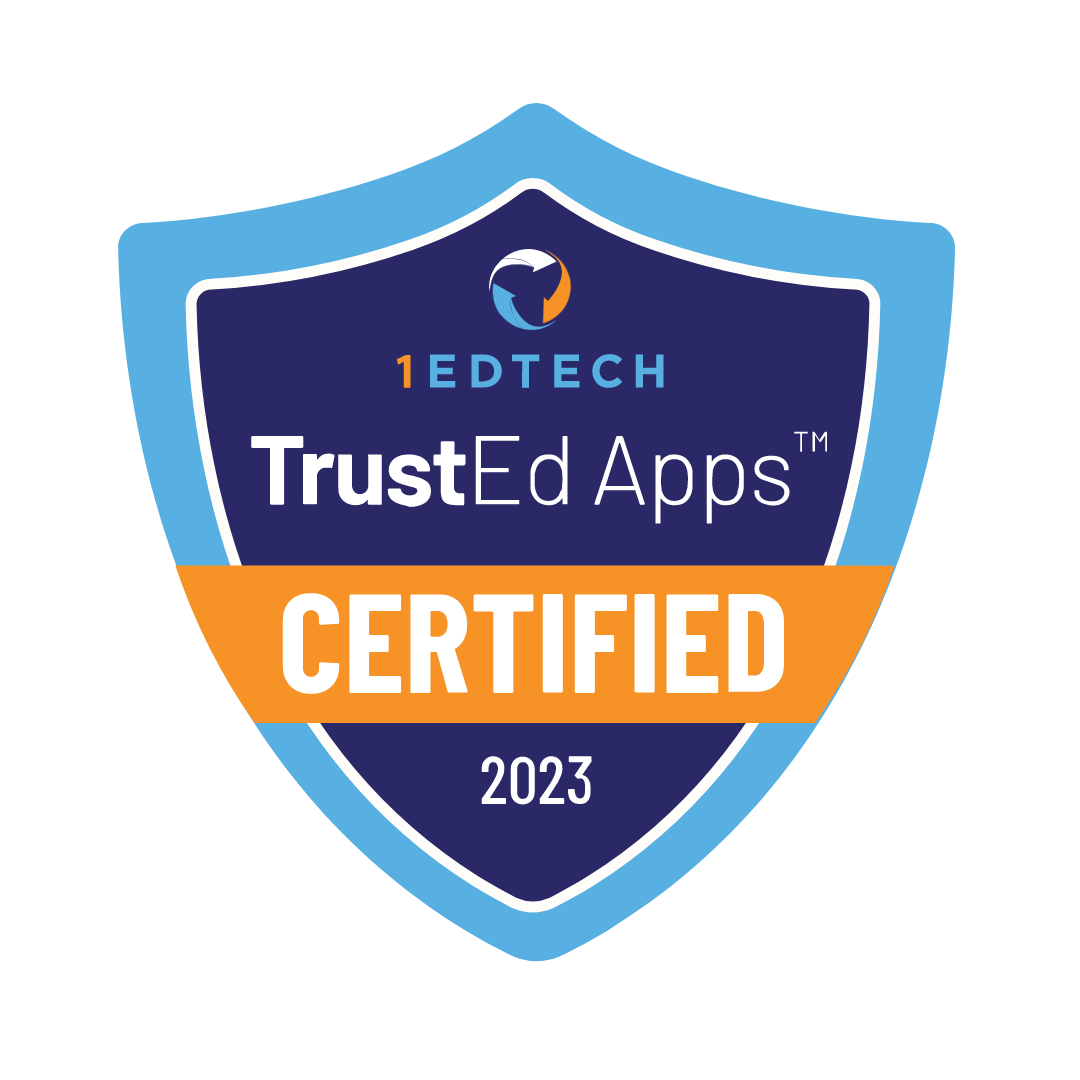Education is changing with technology. This change leads many families to choose online middle schools. 70% of students prefer online classes for their flexibility and ease of use, according to a report from the University of the Potomac. Traditional schools have their benefits. Parents choose between these education options carefully. We’ll talk about what parents look for to make the right choice.

Online middle schools are where students learn remotely through the internet. Kids attend virtual classes and complete assignments online. Traditional schools are where students attend in-person classes. Students interact with teachers and peers in a physical setting. Each school has its pros and cons.
Key Factors for Choosing a School
Choosing the right school impacts a child’s academic and personal development. We’ll cover thirteen factors parents think about when choosing between these schools.
Accreditation
Accreditation ensures a school meets recognized educational standards. The process for getting accreditation is mostly the same for online and traditional schools. Schools meet standards for things like curriculum, teacher qualifications, and student success. Online schools need to meet extra requirements for technology and online resources sometimes.
Parents check a school’s accreditation status in the U.S. Department of Education website.
Legacy Online School is accredited by the Western Association of Schools and Colleges (WASC). The diploma from Legacy Online School is widely accepted.
Cost
Tuition and associated costs vary between schools.
Online schools offer lower tuition fees compared to traditional schools. Families cover the costs of reliable internet access, computers, and other necessary technology. Online schools provide flexible payment plans and scholarships tailored.
Traditional schools require higher tuition and additional expenses. These expenses include transportation, school supplies, meals, and extracurricular activities. Traditional schools offer financial aid packages.
Parents research and compare school’s fees, available financial aid options. Parents use resources like the school’s official website, the U.S. Department of Education’s database, and financial aid platforms such as Free Application for Federal Student Aid (FAFSA).
Legacy Online School offers various tuition plans. These plans include group learning, self-paced learning, and one-on-one live teaching. Prices start from $149 per month. Discounts are available for annual payments.
Teacher Qualifications
Students get a good education when taught by certified teachers. Online and traditional schools make sure teachers have the right experience and certifications. Online schools are less strict about teacher’s certifications than traditional schools.
Parents check teacher qualifications through state databases, like the National Center for Education Statistics.
Legacy Online School has certified, skilled teachers from diverse cultural backgrounds.

School Culture and Values
Students do well when they attend a school matching their values and interests. Online schools offer flexibility. Traditional schools provide face-to-face interaction and structured environments.
Parents check the school’s mission statement and policies to ensure a supportive learning environment. Parents use GreatSchools to learn more about the school’s culture and values.
See the mission and values of Legacy Online School on this page.
Flexibility
Flexibility allows students to set their own learning pace. Flexibility is one of the key advantages online schools provide. Traditional schools are more structured. These schools offer hybrid learning models or elective courses to accommodate different learning styles. Flexibility remains more limited compared to online schooling.
Parents consider how much flexibility their child requires when making a choice. Parents use platforms like GreatSchools or Niche. These resources provide insights into how schools accommodate different learning styles, offer hybrid learning models, or provide flexible course schedules.
Legacy Online School gives students different flexibility options to fit their needs.
Learning Environment
Students perform better when their learning environment is balanced. Traditional schools handle this more successfully than online ones. Traditional schools offer structured classrooms with fewer distractions. Online schools let students study from anywhere. It’s up to students to create the right environment. Some students do well, others don’t. Parents step in to help students create the right study space.
Legacy Online School specialists are always ready to give tips on setting up a good learning space.
Safety
|
Parents, Take Note
The research “Impact of Psychological Safety and Inclusive Leadership on Online Learning Satisfaction: The Role of Organizational Support” was conducted by Sampson Agyapong Atuahene, XuSheng Qian, and Thomas Ahoto Ahotovi. The study surveyed 879 students from various educational institutions. Key findings of the research include:
|
Safety is essential for student well-being. Online schools provide a safer environment by removing worries like bullying, fights, or school violence. Students learn from home, so these issues don’t affect them. Traditional schools have on-site security measures. These measures include staff supervision, emergency drills, and controlled access. Traditional schools still face risks from conflicts or outside threats, even with safety measures. Online schools offer a higher level of safety than traditional ones. Parents consider the level of safety needed for their child when choosing between these two options.
Class Size
Class size impacts the quality of education. Smaller classes allow teachers to provide personalized attention for students. This attention improves learning outcomes. Online schools have smaller class sizes. Traditional schools have larger, fixed classes. Parents decide how much personalized education their child needs and choose the right class size accordingly.

Curriculum
A good curriculum covers all core subjects. These subjects include math, science, language arts, and social studies. Students who want to transfer schools or get a good job need an accredited curriculum. Only accredited curriculums are widely recognized.
Online and traditional schools are on equal footing when it comes to the curriculum. Parents check school websites to see what their curriculum includes.
Legacy Online School offers an accredited curriculum for middle school. Legacy Online School’s curriculum covers core subjects. These subjects include language arts, math, science, and social studies. Students choose electives like Spanish and art. This curriculum includes live teaching in small groups for personalized attention.
Extracurricular Activities
|
Parents, Take Note
The research “To What Extent Extracurricular Activities Affect the Behaviours and School Grades of Primary Schools’ Pupils” was conducted by Sarra Abdelhafifh, Sirine Abdelhafifh, and Ali Moussa. Key findings of the research include:
|
Extracurricular activities help student’s overall development, building social skills, leadership qualities, and teamwork. Online and traditional schools offer different extracurriculars. Parents check school websites to see what’s available. Parents keep in mind online schools focus on virtual activities, while traditional schools offer more physical ones. They consider their child’s interests to find the best activities for them.
Find the extracurricular activities of the Legacy Online School here.
Social Development
Social development is key for kids because it helps them make friends, communicate well, and work with others. Online schools face challenges in promoting direct social interaction, but offer virtual spaces for collaboration. Group projects and interactive platforms like Zoom and Discord help students engage with peers and develop social skills.
Traditional schools provide more opportunities for social development through daily interactions, group activities, and events. Students benefit from face-to-face communication, teamwork, and relationship-building.
Parents think about their child’s needs and their ability to be involved in their child’s life when picking a school. Online education requires more parent involvement.
Parental Involvement
Parental involvement contributes to a child’s academic success.
Online schools need more parent involvement, especially if the child doesn’t take initiative or join online activities. Online schools offer tools like parent portals and progress updates to keep parents engaged. Parents have more flexibility to monitor and participate in their child’s learning process through virtual meetings and workshops.
Traditional schools need less parent involvement. Traditional schools promote in-person engagement through meetings, events, and workshops. Parents have direct opportunities to interact with teachers and staff in traditional settings.
Parents pick a school based on their child’s needs and how much time they can invest in their education.
Transition to Higher Education

Some schools prepare students for higher education or career paths through guidance counseling, career planning, and college preparation resources. Online and traditional schools have equal opportunities. Parents visit school websites to see if they have the right options for their child.
Parents find college preparation information on the U.S. Department of Education website. Parents find Scholastic Assessment Test (SAT)/American College Testing (ACT) preparation programs on the College Board.
Legacy Online School offers students career and college counseling. Legacy Online School provides Advanced Placement (AP) for students.
Conclusion
Choosing between online middle schools and traditional schools requires careful consideration. This consideration includes understanding of a child’s learning style, family needs, and long-term goals. Online schools offer flexibility and personalized learning, while traditional schools provide structured schedule and direct social interactions. We looked at thirteen factors parents think about when picking the right school for their child. These factors help assess a child’s needs and pick a school to help them succeed.











